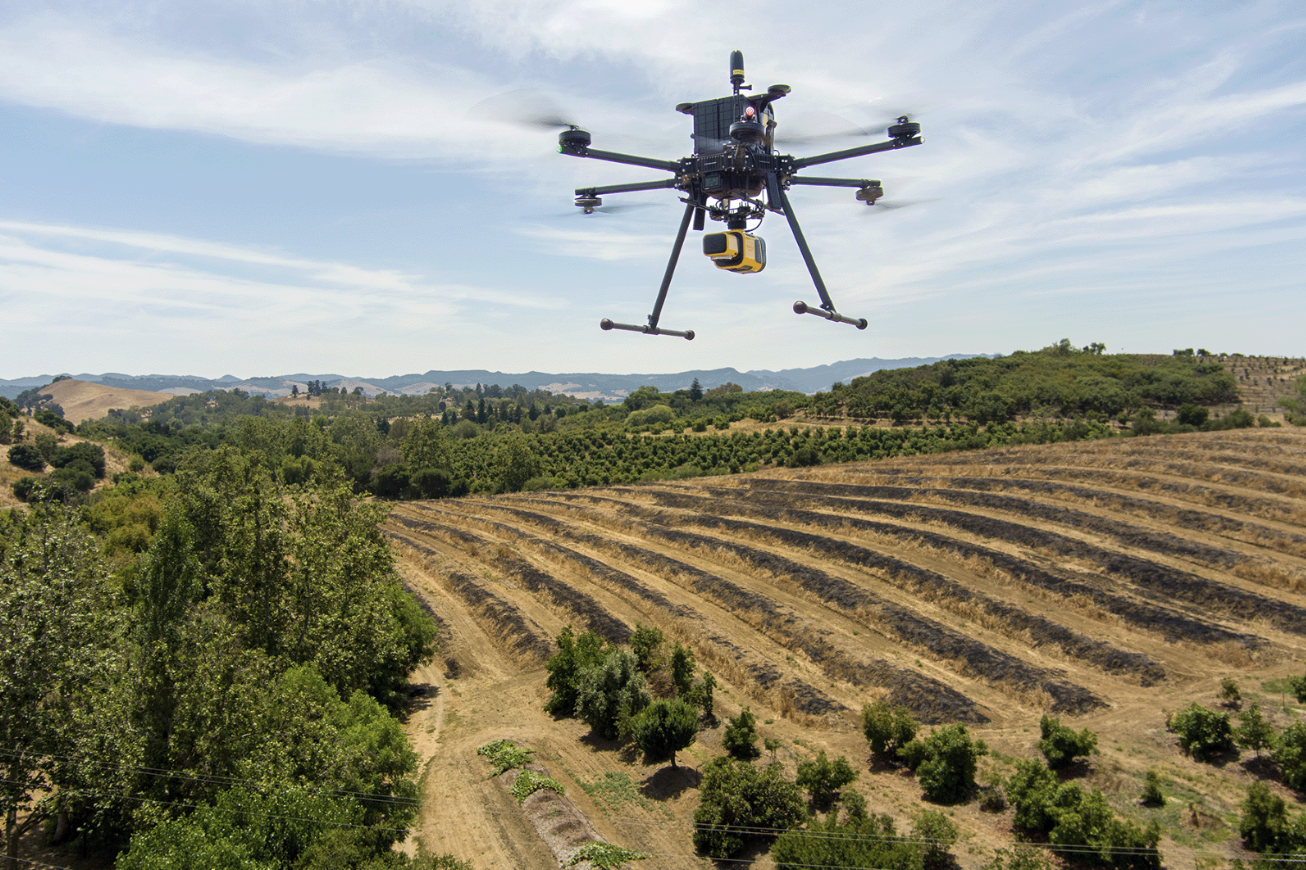
October 5th, 2023

In the realm of environmental monitoring and analysis, the accurate assessment of vegetation plays a crucial role in understanding ecosystems. Drones equipped with advanced imaging technologies have revolutionized this process by providing efficient and precise data collection methods. This case study highlights the use of the Mapper and Mapper+ LiDAR systems, along with their specific flight configurations, to determine the number of shrubs present on a designated site.
Integration: IF1200A
Solution: Mapper+ w/ Camera Module and Mapper
Company: Inspired Flight
Website: https://inspiredflight.com/
Country: United States
Accurate ground topography data is essential for understanding terrain variations, water flow patterns, and landscape characteristics. Traditional ground survey methods can be time-consuming and may not cover large or inaccessible areas effectively. The challenge was to acquire high-resolution ground topography data swiftly and accurately, enabling efficient decision-making for various applications.

The primary objectives of this study were as follows:
- Casey Viera, Inspired Flight Operations Fleet Manager
In this study, two LiDAR systems were used, the Mapper and Mapper+, both equipped with their camera modules. These solutions were integrated onto the IF12000A drone using the Gremsy quick-release clip. The Mapper+ was flown at a velocity of 5 m/s and a flight height ranging between 60 and 70 meters. Similarly, the Mapper was flown under the same conditions. The mission involved covering a surface area of 80,000 square meters.
With the Mapper+:
With the Mapper:
- Casey Viera, Inspired Flight Operations Fleet Manager
Mapper+ yielded valuable insights. The data collected during its 16-minute flight provided a comprehensive understanding of the shrub distribution across the surveyed area. Similarly, the 19-minute flight with the Mapper also captured detailed information about the shrub population within the same region.
Upon analysis, the Mapper+ showcased its efficiency by covering the designated area in a shorter time, owing to its faster flight speed. The high-quality imagery acquired by both LiDAR solutions allowed for accurate counting of shrubs. Furthermore, the data collected can be used for more detailed classification using specialized software such as the YellowScan CloudStation.
